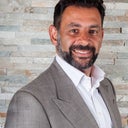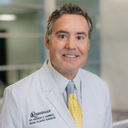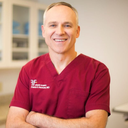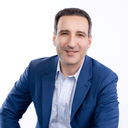Posted underFacelift q&a
What is the best (and longest-lasting) facelift technique to lift heavy jowls?
I am confused by different techniques & vectors etc. It seems conclusive that the SMAS is the key, but is an extended/high SMAS lift different to a standard SMAS lift? What's the difference between plication, imbrication, SMASectomy, etc? What about a MACS lift - is this an imbrication technique? What is a purse-string? Where should the lift be sutured to achieve long-lasting & effective jowl lifting? A lot of people on this website seem to have recurrent jowls after full SMAS facelifts - why?
Answers (29)
From board-certified doctors and trusted medical professionals
Dr. Michael Boggess, MD

Dr. Michael Boggess, MD
Board Certified Facial Plastic Surgeon
Answer
Dr. Thomas A. Mustoe, MD, FACS

Dr. Thomas A. Mustoe, MD, FACS
Board Certified Plastic Surgeon
Answer
Dr. Amir Nakhdjevani, MBBS, MRCS, FRCS(Plast)

Dr. Amir Nakhdjevani, MBBS, MRCS, FRCS(Plast)
Specialist Registered Plastic Surgeon
Answer
Dr. Jeffrey H. Spiegel, MD

Dr. Jeffrey H. Spiegel, MD
Board Certified Facial Plastic Surgeon, Board Certified in Otolaryngology – Head and Neck Surgery
Answer
Dr. Anna Petropoulos, MD, FRCS

Dr. Anna Petropoulos, MD, FRCS
Board Certified Facial Plastic Surgeon
Answer
Dr. Andrew Campbell, MD

Dr. Andrew Campbell, MD
Board Certified Facial Plastic Surgeon
Answer
Dr. Jeffrey Rockmore, MD

Dr. Jeffrey Rockmore, MD
Board Certified Plastic Surgeon
Answer
Dr. Frank P. Fechner, MD

Dr. Frank P. Fechner, MD
Board Certified Facial Plastic Surgeon
Answer
Dr. Ran Y. Rubinstein, MD

Dr. Ran Y. Rubinstein, MD
Board Certified Facial Plastic Surgeon
Answer
Dr. Richard G. Reish, MD, FACS

Dr. Richard G. Reish, MD, FACS
Board Certified Plastic Surgeon
Answer
Dr. Jeffrey M. Darrow, MD

Dr. Jeffrey M. Darrow, MD
Board Certified Plastic Surgeon
Answer
More Facelift Questions
See all Facelift Q&AWE SEND PRETTY
EMAILS
What’s trending? Who’s turning heads? Which TikTok myths need busting? We’ve got you. No fluff, no gatekeeping—just real talk. Get our free, unfiltered newsletter.